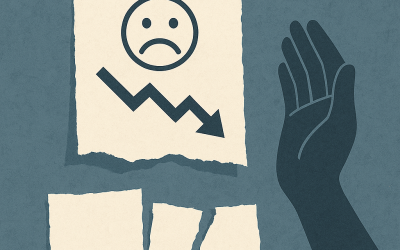A personal brand is not a logo, a tagline, or a set of clever posts. It is your professional reputation — the composite of what people say about you when you are not in the room. The strongest brands are not loud. They are consistent, credible, and trusted.
Many professionals over-engineer visibility. They equate branding with self-promotion. But visibility without substance collapses quickly. Real personal branding begins with reliability. Deliver what you promise, every time. Communicate clearly. Treat everyone with respect. Over the years, those patterns compound into a reputation that travels ahead of you.
Think of your brand as your professional fingerprint. It forms through thousands of small interactions: how you respond under pressure, how you follow up after meetings, how you treat support staff, how you handle setbacks. These signals are more powerful than any curated narrative.
Authenticity is essential. People detect performance instantly. You do not build a brand by inventing a persona; you build it by aligning behaviour with values. The question is not “How do I appear?” but “What do I want to be known for, and am I acting accordingly?”
Strong brands are also selective. They do not try to be everything to everyone. Choose three attributes you want associated with you — perhaps clarity, reliability, and strategic thinking. Then behave in ways that make those words true. Repetition creates association.
Finally, remember that brands need maintenance. Solicit feedback on how you are perceived. Adjust when the perception drifts from the intention. The most effective professionals treat reputation as a living asset — nurtured quietly, measured occasionally, demonstrated daily.
Key Takeaways
- A brand is behaviour made visible, not self-promotion.
- Consistency and credibility compound faster than visibility.
- Authenticity is alignment between values and actions.
- Narrow focus strengthens recognition.
- Feedback maintains brand relevance and accuracy.
Try This
Ask three colleagues to describe you in one word. Compare their answers with what you want your professional identity to represent. Identify one behaviour change that could close any gap.
Closing Thought
If you know someone mistaking noise for influence, share this. True branding is not performance. It is proof, repeated over time.



